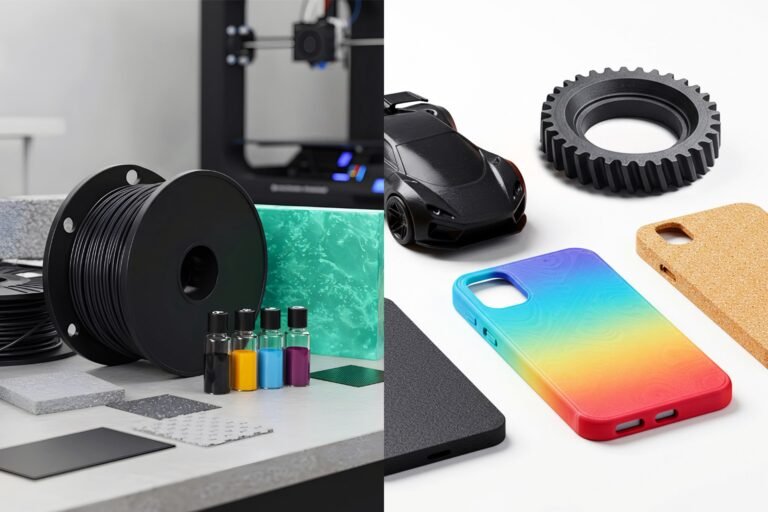Algae is poised to transform the print industry. Since 2015, Colorado’s Living Ink Technologies has refined a bio-based ink from microalgae, primed for events like the FESPA Global Print Expo 2025 in Berlin (May 6-9). This sustainable alternative to petroleum inks is gaining traction in a $400 billion industry hungry for greener solutions. Beyond ink, Italy’s Favini is weaving algae into paper with Alga Carta. Here’s how these innovations work, their challenges, and the print tech ready to ride this green wave.
The Algae Ink Edge
Living Ink’s jet-black ink, derived from microalgae grown on biomass waste like brewery grains, is a standout. It’s carbon-negative—sequestering twice the CO2 it emits as algae convert sunlight into energy, per the company—and biodegradable. Since 2022, it’s colored packaging for New Belgium and Avery Brewing, rivaling conventional ink’s opacity. Black dominates, but reds and blues from algal pigments are in the works. It’s already practical for small runs, powering Staedtler’s Lumocolor pens since a 2023 retail debut, thanks to over $5 million raised from backers like Sustainable Ocean Alliance. Early durability tests suggest it holds up as well as traditional inks, though long-term studies continue.
Print Tech Primed for Algae
Algae ink isn’t a one-size-fits-all solution, but it fits key niches. Screen printing, a favorite for posters and apparel, could swap fossil fuels for this eco-option. Inkjet printing—used in packaging and labels—aligns with its properties; HP’s DeskJet line, with minor adjustments, could adopt it. Flexography, dominant in food wrappers, gains from its biodegradability. Even 3D printing might tap algae-based filaments, though that’s still early-stage. These methods sync with print-on-demand’s 26% annual growth (per Printify), amplifying Living Ink’s small-batch appeal.
Industry Pressure Meets Opportunity
Printing’s under strain: ink prices climbed 10-15% from 2022 to 2024 due to oil volatility, per industry reports, while California’s 2030 emissions targets loom. Living Ink sidesteps petroleum entirely, offering a renewable fix. Its Colorado pilot facility hums, but scaling lags—algae farms grow slower than oil refineries, and output trails giants like Sun Chemical. Still, HP’s eco-focus (e.g., recycled plastics) suggests bigger players might eye algae soon.
Meanwhile, Favini’s Alga Carta paper, born in the 1990s from Venice Lagoon’s excess seaweed, blends algae from global marine sites with FSC-certified fibers, cutting tree pulp by up to 25%. Certified recyclable, biodegradable, and carbon-neutral via renewable energy, its algal flecks lend a natural texture—perfect for packaging and eco-brand stationery. Like Living Ink, it’s a real product, not a prototype.
Why It’s Gaining Ground
Sustainability isn’t a trend—it’s a mandate, fueled by print-on-demand creators and brands like Etsy. Living Ink won’t dethrone giants yet, but it’s in play, with Alga Carta proving algae’s range. At FESPA 2025, these innovations could steal the show. As funding and testing accelerate, algae isn’t just coloring the future—it’s rewriting it.








